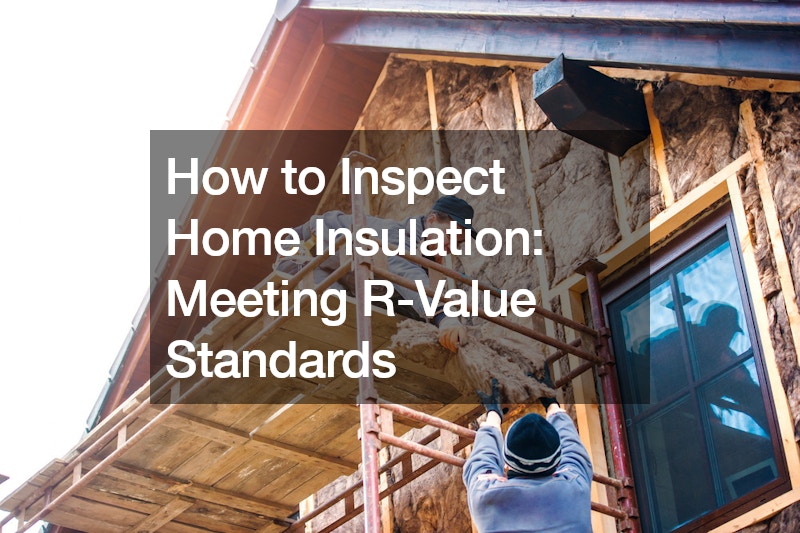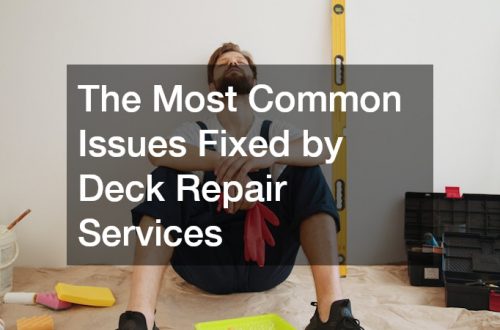
When it comes to home insulation, meeting R-value standards is crucial for energy efficiency and comfort. Before hanging any wallboard, one must undergo a thorough home insulation inspection to ensure compliance with stringent requirements. Over the years, the standards for insulation have evolved significantly, with a shift towards higher efficiency and better performance.
In the past, an R13 rating was deemed acceptable for walls. However, today’s standards demand a minimum of R20 or higher for optimal insulation performance. This increased diligence reflects the growing awareness of energy conservation and the need for more effective thermal barriers in residential construction.
Typically, two-by-four construction is used for exterior walls, presenting a challenge in achieving the desired R-value. To meet the R20 or R21 requirement, traditional fiberglass insulation may not suffice in a two-by-four wall. In such cases, builders may opt for a two-by-six wall with fiberglass insulation or use additional measures such as covering the fiberglass with rigid foam insulation.
While fiberglass insulation remains a popular choice, there are alternatives like open-cell and closed-cell foam insulation. Open-cell foam, with an approximate R14 rating, can be used in two-by-four wall cavities but requires an additional layer of insulation, such as polyisocyanurate foam, to meet R-value standards. On the other hand, closed-cell foam offers a one-step solution, providing adequate insulation in a two-by-four cavity, albeit at a higher cost.
In roof areas, the requirements are even more stringent, typically demanding a minimum of R38 insulation. Achieving this level of insulation involves ensuring sufficient depth of insulation material and incorporating fire barriers where necessary. For example, in unvented roof assemblies, a fire-resistant coating may be required to cover the insulation.
Proper installation is paramount in ensuring that the desired R-value is attained and maintained. In addition to selecting the appropriate insulation material, attention must be paid to installation techniques, including sealing gaps and ensuring uniform coverage. Any deviations from the prescribed standards could compromise the effectiveness of the insulation and lead to energy losses.
During a home insulation inspection, inspectors evaluate not only the R-value of the insulation but also its installation quality and compliance with local building codes. This inspection process helps identify any deficiencies or areas requiring improvement, allowing homeowners to rectify issues before they escalate.
While meeting R-value standards is essential for energy efficiency and comfort, it is also a regulatory requirement in many jurisdictions. Building codes mandate specific insulation levels based on climate zones and other factors, emphasizing the importance of compliance during construction or renovation projects.
In conclusion, ensuring proper home insulation is critical for maintaining energy efficiency, comfort, and compliance with regulatory standards. By conducting thorough home insulation inspections and adhering to R-value requirements, homeowners can create a more sustainable and comfortable living environment while reducing energy costs in the long run.
In addition to the aforementioned alternatives, homeowners may also explore innovative insulation solutions such as spray foam insulation and reflective barriers. Spray foam insulation, available in both open-cell and closed-cell forms, offers excellent coverage and can be applied to various surfaces, including walls, ceilings, and crawl spaces. Reflective barriers, commonly installed in attics and crawl spaces, reflect radiant heat away from the home, reducing heat gain in the summer and heat loss in the winter.
Furthermore, advancements in insulation technology have led to the development of eco-friendly insulation materials made from recycled or renewable resources. These sustainable options not only provide effective insulation but also contribute to environmental conservation efforts.
By considering these alternatives and specific examples, homeowners can make informed decisions when selecting insulation materials and methods for their homes. Consulting with insulation professionals and conducting comprehensive energy audits can also help identify the most suitable solutions tailored to individual needs and budget constraints.
In addition to the aforementioned alternatives, homeowners may also consider hybrid insulation systems that combine different materials to maximize energy efficiency and performance. For example, a combination of fiberglass batts and spray foam insulation can provide superior thermal resistance while optimizing cost-effectiveness. Hybrid systems offer flexibility in design and application, allowing homeowners to customize insulation solutions according to their specific requirements.
Moreover, integrating insulation with other energy-efficient features such as high-performance windows, air sealing, and proper ventilation can further enhance the overall energy performance of a home. By adopting a holistic approach to home insulation, homeowners can achieve greater comfort, energy savings, and environmental sustainability.
In summary, home insulation plays a crucial role in enhancing energy efficiency, comfort, and sustainability. By staying informed about R-value standards and exploring diverse insulation options, homeowners can make informed decisions to optimize the performance of their homes while reducing energy costs and environmental impact.
.






